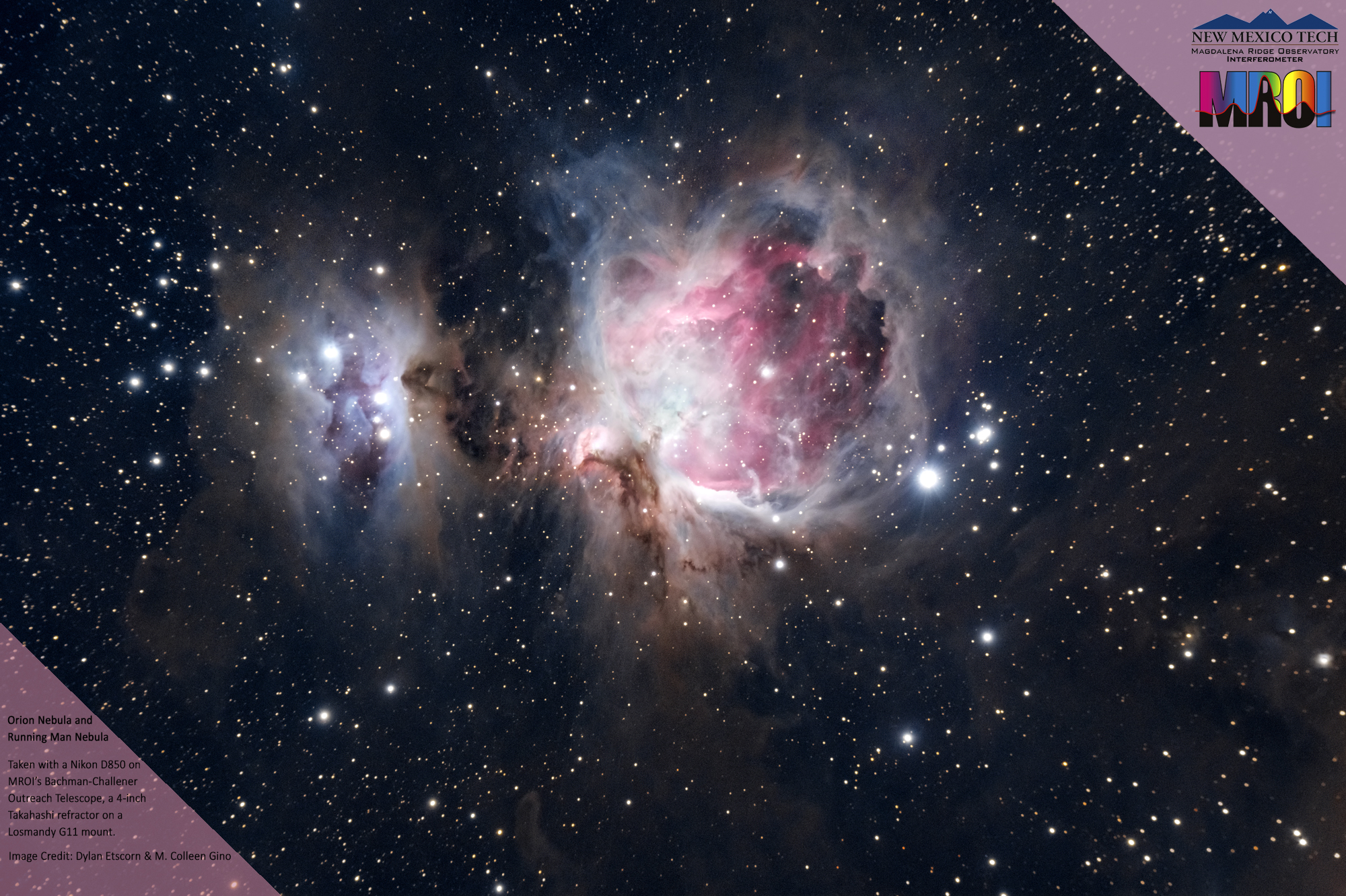This month the early evening sky features Mars high in the southwest. The Red Planet has been drifting slowly closer and closer toward the Pleiades star cluster (the seven sisters) and will be at its closest approach on the 4th, when it will be only 2 ½ degrees from the cluster.
Most of the planetary action this month occurs in the early morning about a half hour before sunrise. The stars of this show are Mercury, Jupiter and Saturn. The fun starts on the 5th, as Mercury and Jupiter rise virtually together with 19 seconds of arc separating them. This close encounter will be best viewed with a pair of good binoculars.
On the 6th, Mercury will be at its greatest elongation from the Sun for this appearance. Saturn rises earlier in the morning and is a full 8 degrees higher in the sky than Jupiter and Mercury. Venus is lost to our view as it reaches conjunction with the Sun on the 26th. We will next encounter Venus when it reemerges as the evening star in mid-April.
Mid-March presents us with another visual treat as we have the opportunity to view the Zodiacal Light on the western horizon. If you can find a really dark spot with a view of the western horizon, you may be able to see a dull pyramid of light extending to a point just above the horizon. This light is caused by sunlight reflecting off of a myriad of tiny dust particles along the Earth’s orbital path.
The Moon will be last quarter on the 6th, new on the 13th, first quarter on the 21st, and full on the 28th. Look to the southeast on the morning of the 9th and 10th, about 30 minutes before sunrise, as the waning crescent Moon approaches and passes below Saturn, Jupiter and Mercury. Look high in the southwest sky on the evening of the 19th, about an hour after sunset, to see the waxing crescent Moon slightly above and to the left of the red planet Mars.
At 2 a.m. on March the 18th most of us in North America will begin daylight savings time. Spring forward by setting your clocks ahead one hour. Spring begins on the 20th for the Northern Hemisphere as we reach the equinox at 3:37 a.m. MDT.
Due to the closure of New Mexico Tech because of COVID-19 virus concerns, there WILL NOT be a first Saturday of the month star party at the Etscorn Campus Observatory.
Stay safe and Clear Skies!
Jon Spargo
New Mexico Tech Astronomy Club
March 2021
